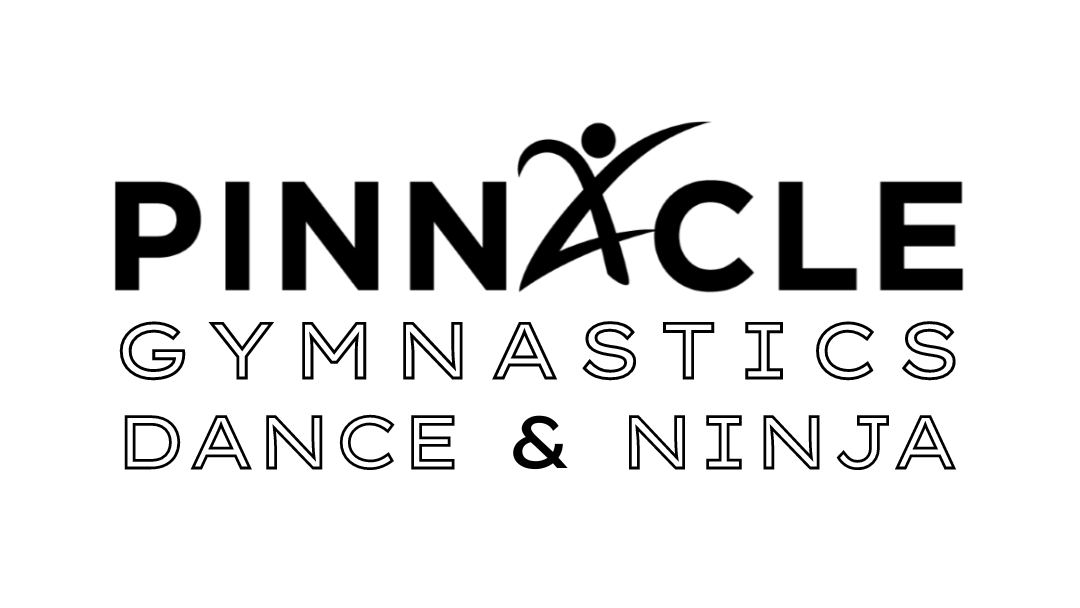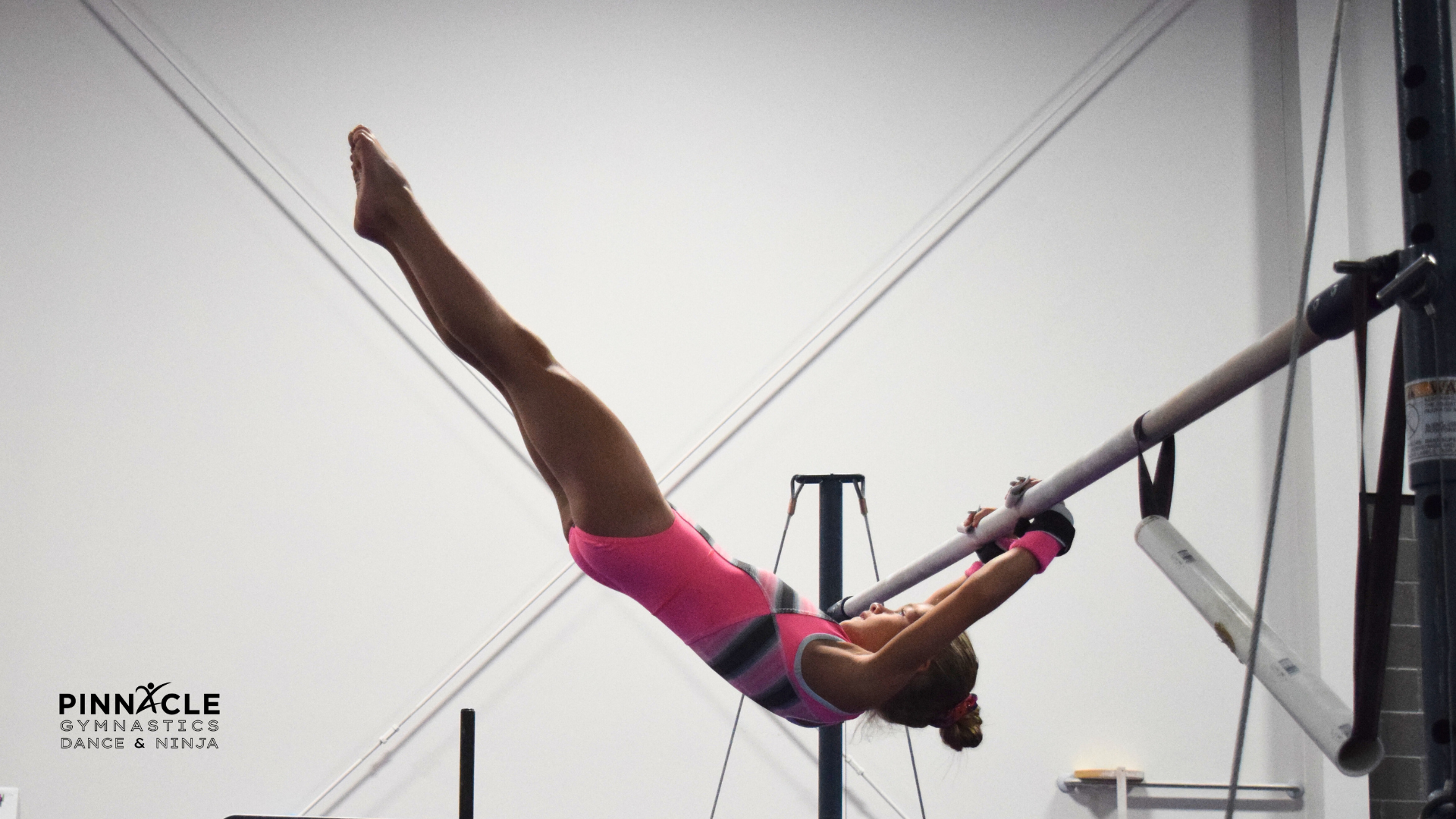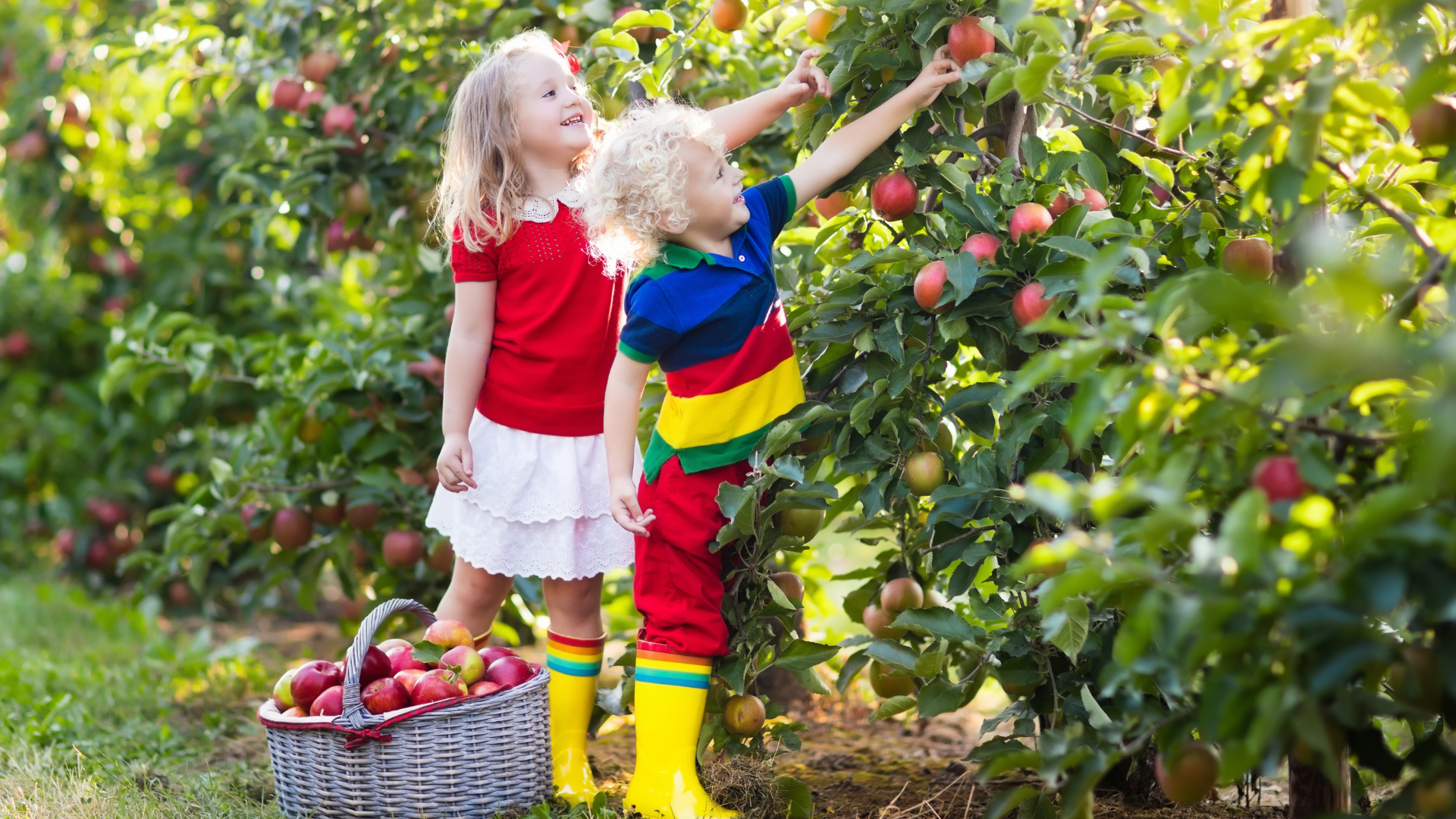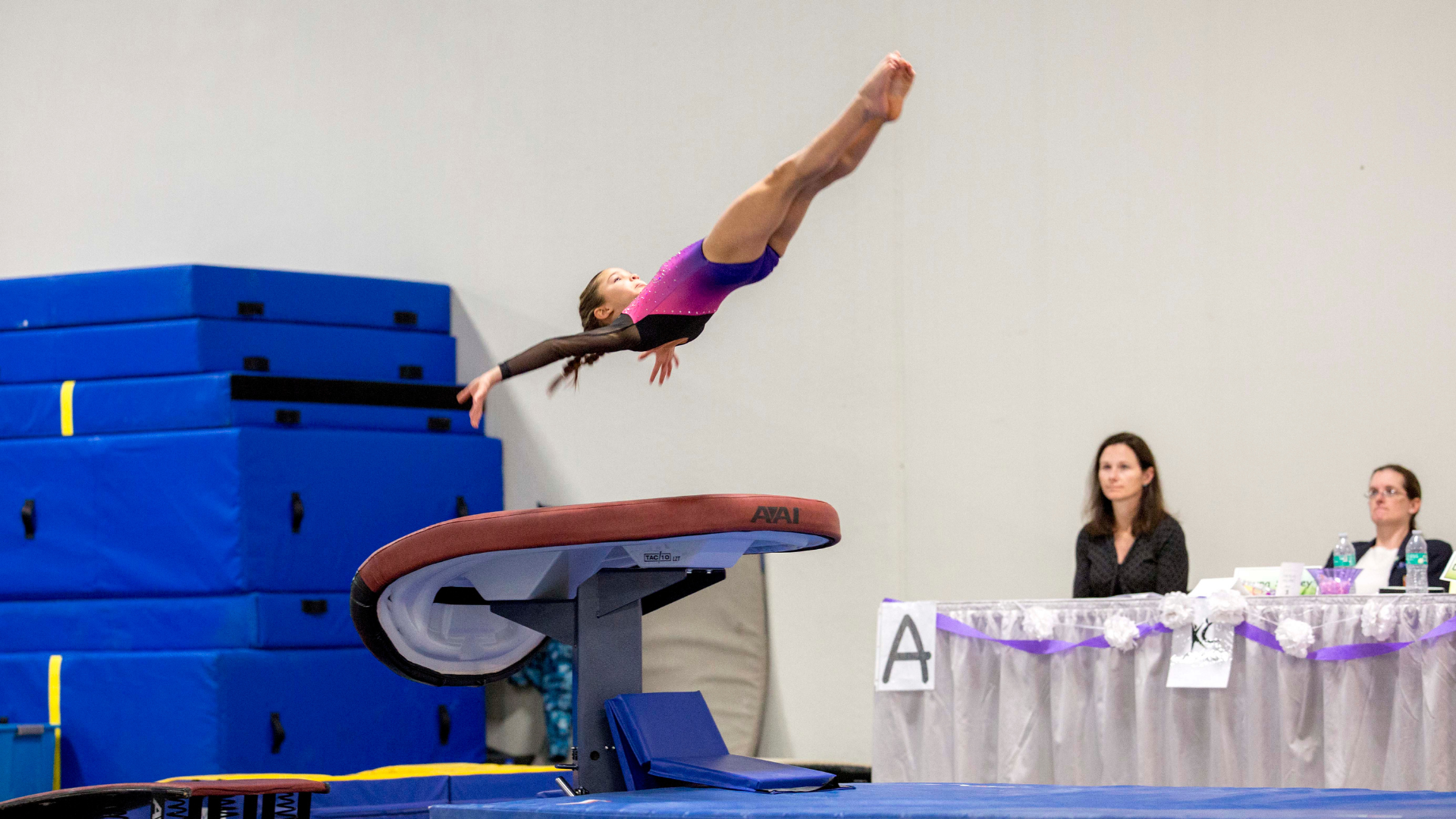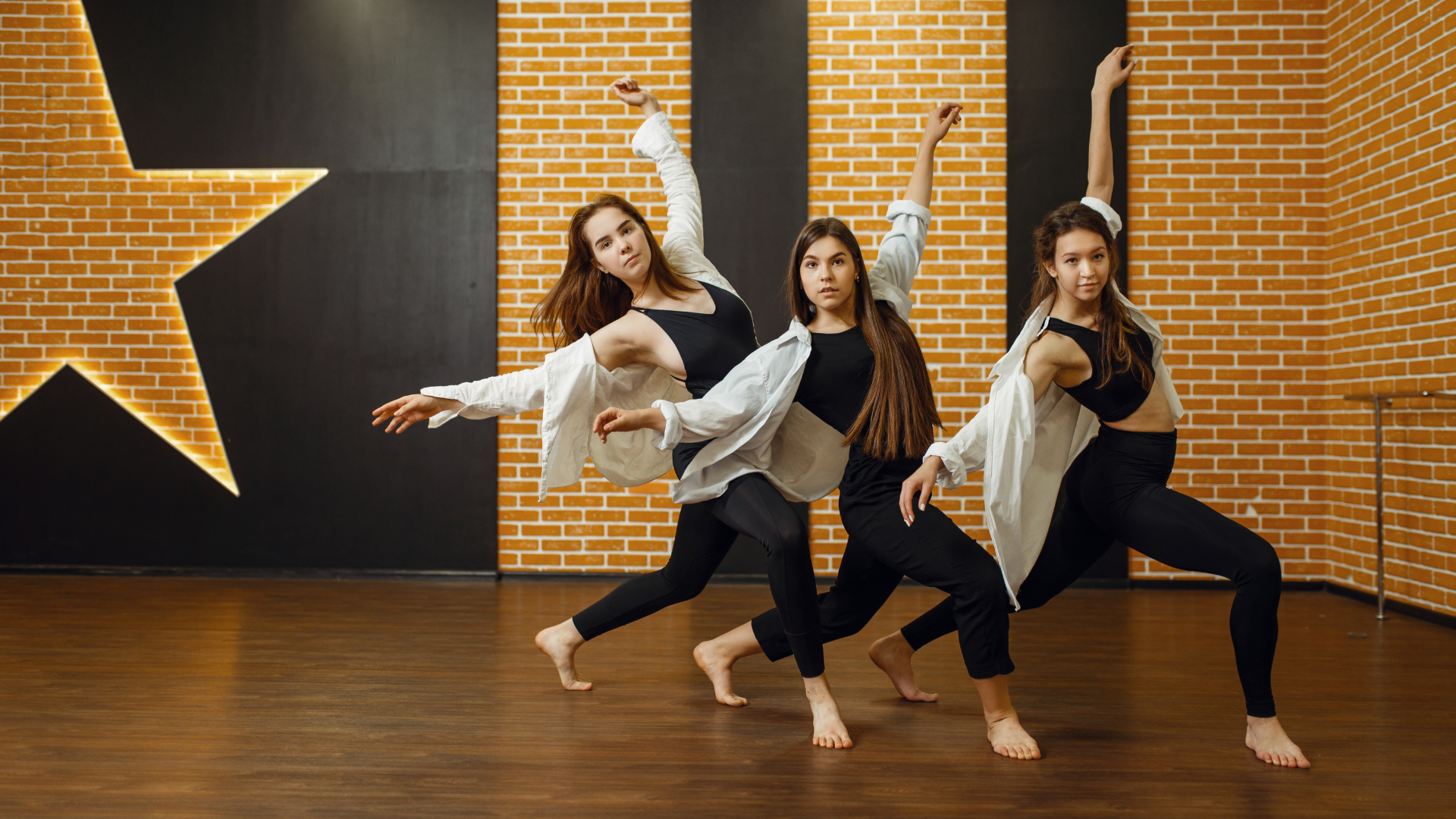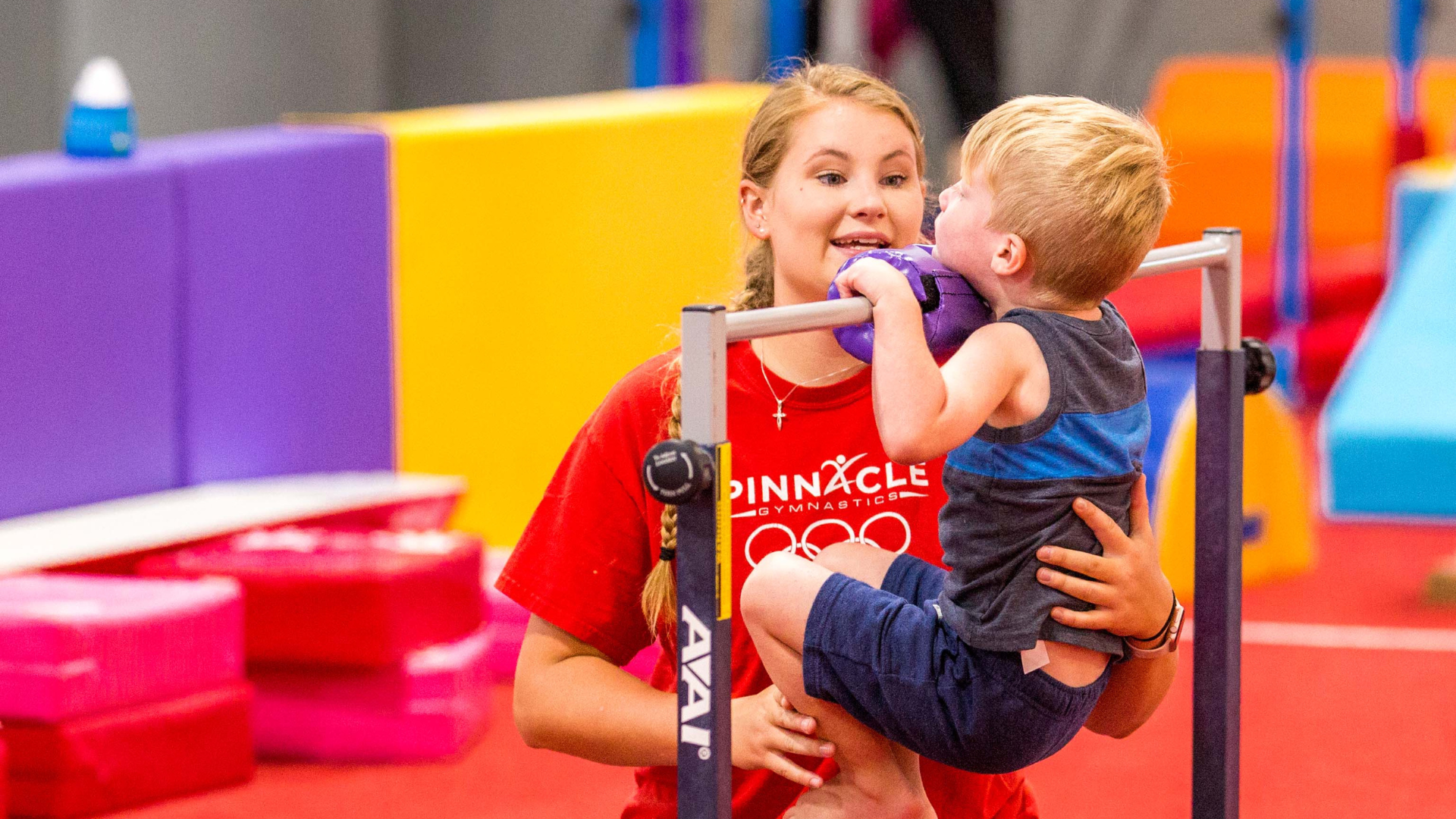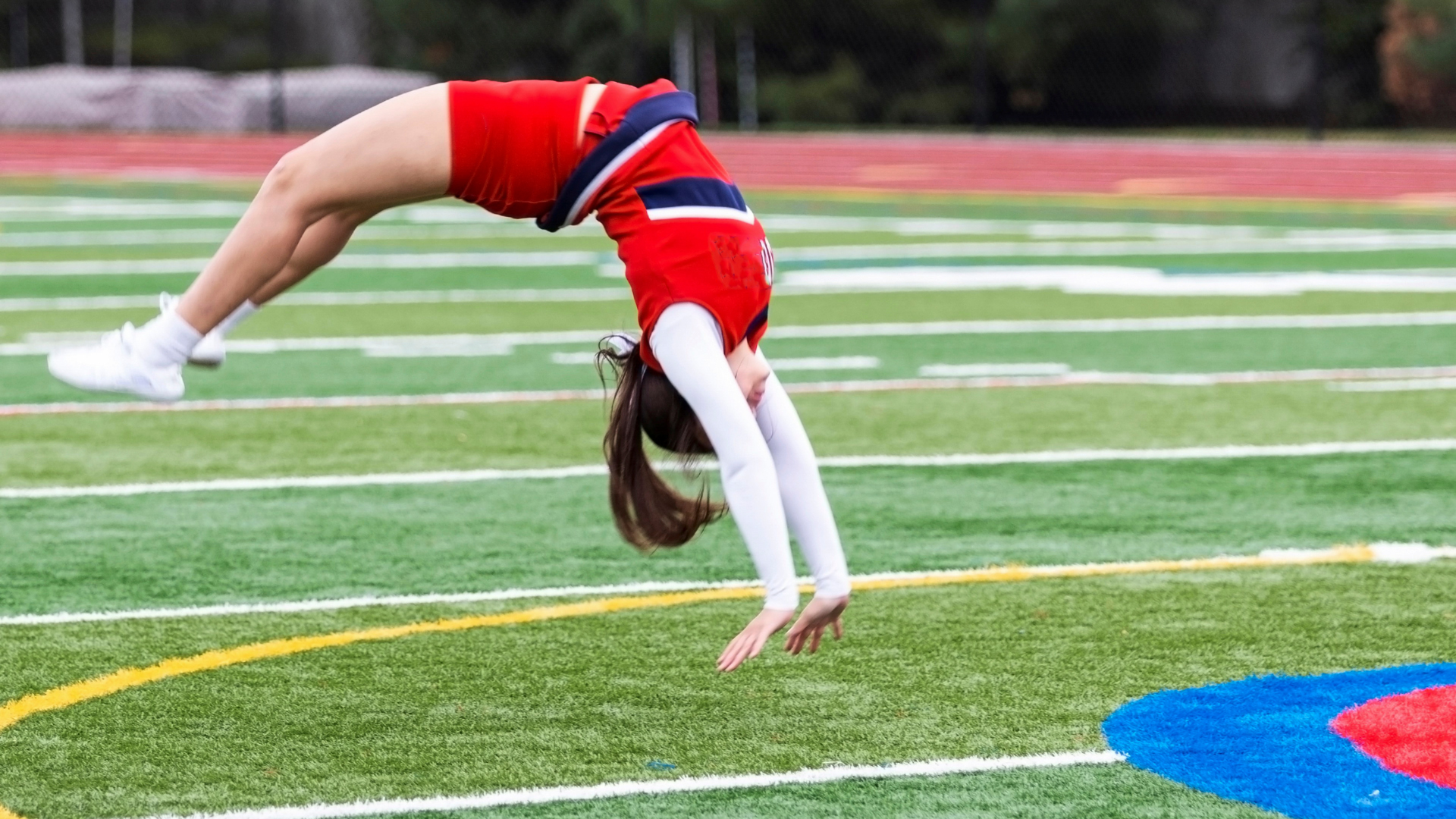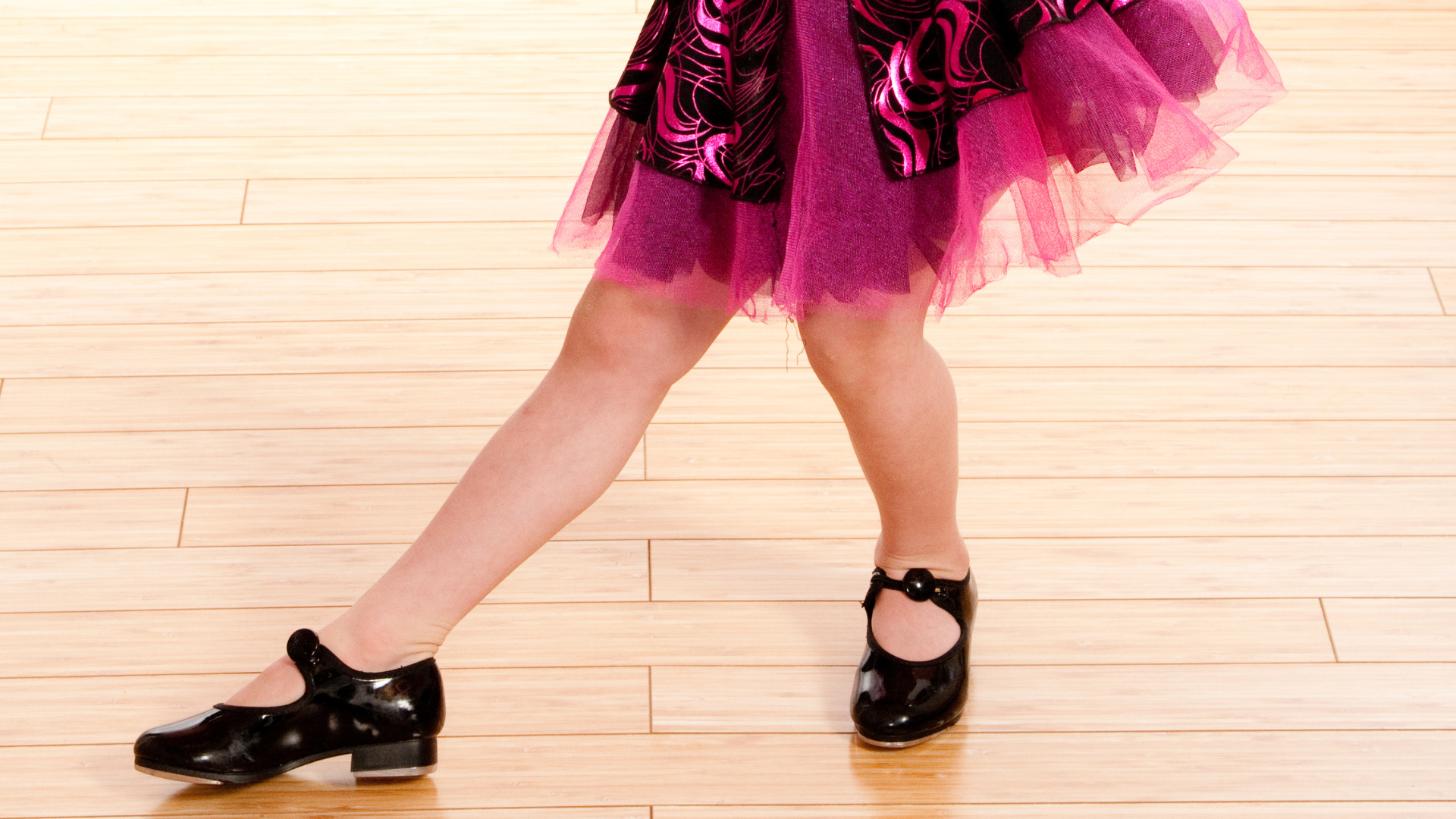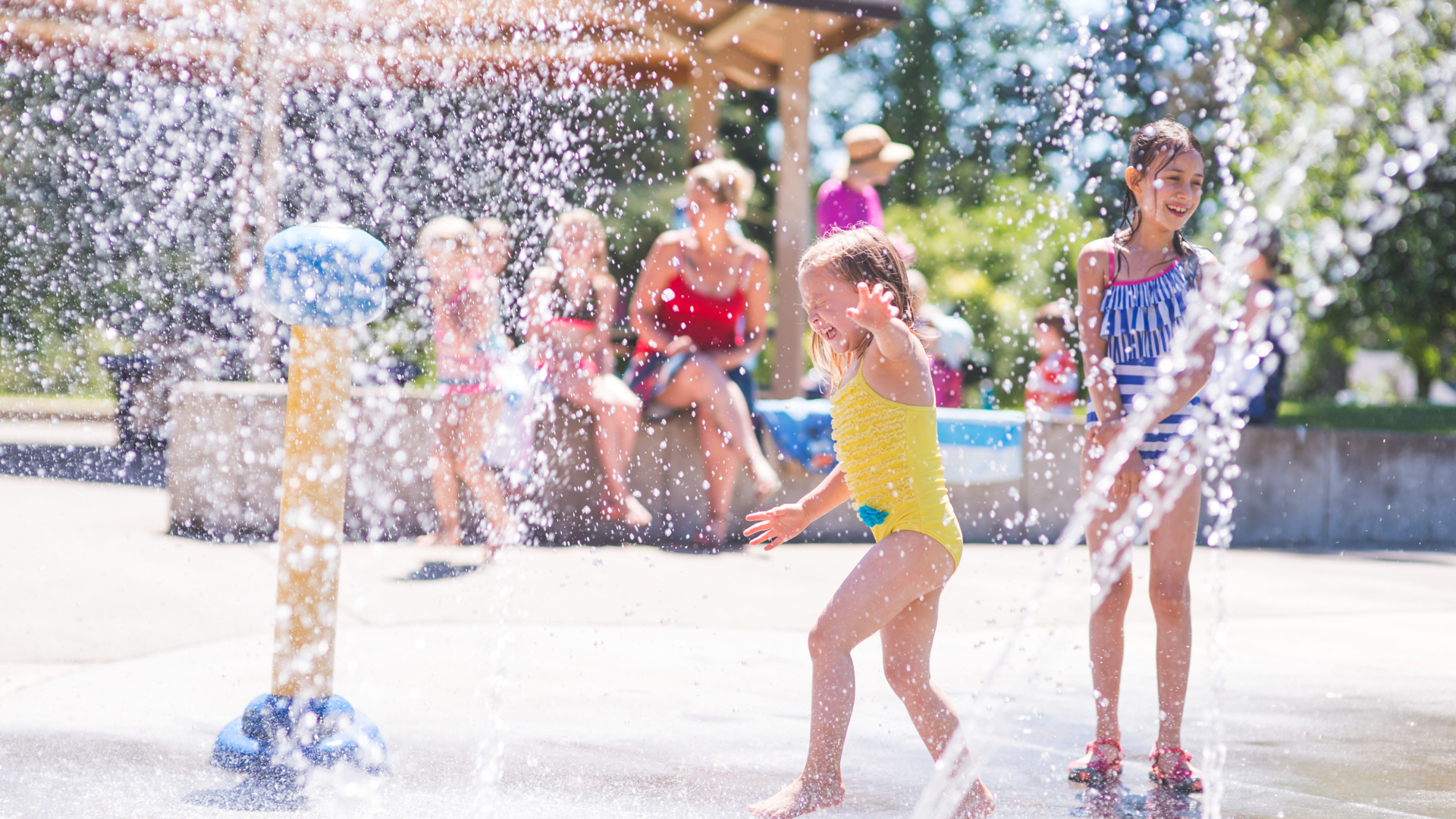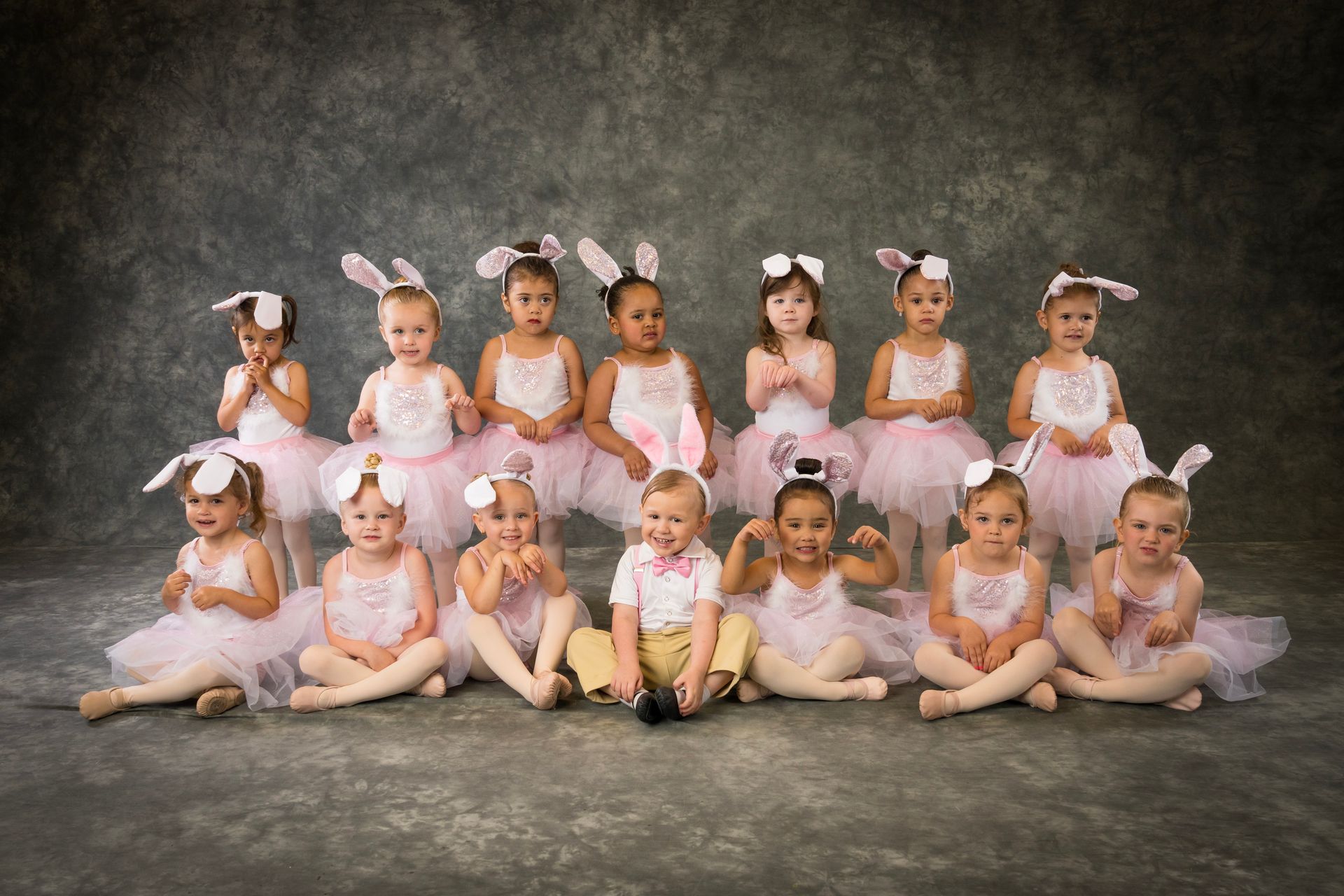Benefits of Dance for Kids
Dance is often seen as a fun activity or form of entertainment, but it’s much more than that—especially for children. Whether your child is taking a ballet class, trying hip-hop for the first time, or simply dancing around the living room, dance offers a wide range of physical, mental, and emotional benefits. It’s a powerful tool that can enhance a child's overall development, and it can be an important part of their growth.
The Incredible Benefits of Dance for Kids
We’ll explore the many ways that dance benefits children, supported by research and expert insights, and explain why every child should consider taking up this joyful and transformative activity.
1. Physical Development: Strength, Coordination, and Flexibility
One of the most obvious benefits of dance is its impact on a child's physical health and development. Dance is a full-body workout that helps improve strength, balance, flexibility, and coordination. These are all crucial components of a child’s physical development that will help them in other sports, activities, and even in daily life.
Strength and Endurance
From jumping and leaping to lifting and twirling, dance requires a lot of strength. As children practice movements that engage various muscle groups, they build muscle tone and increase their overall physical strength. Dance also helps improve cardiovascular endurance. Many dance styles, such as jazz, ballet, and contemporary, involve quick, fluid movements that get the heart pumping. As kids participate in regular dance classes, they can improve their stamina and physical resilience.
Coordination and Motor Skills
Dance enhances coordination and motor skills by encouraging children to synchronize their movements with rhythm and music. Whether they are practicing footwork, hand-eye coordination, or body positioning, kids learn how to control their movements and become more aware of their bodies. This can significantly improve their ability to perform everyday tasks such as writing, using utensils, or playing sports. In fact, a study published in the International Journal of Arts and Technology found that children who engage in dance show improvements in fine and gross motor skills compared to those who do not.
Flexibility and Balance
Flexibility is another key benefit of dance, especially in styles like ballet and contemporary dance. Dance routines often involve stretching, bending, and holding positions that improve flexibility over time. This helps prevent injuries and promotes physical well-being. Balance is equally important in dance, as kids learn how to move their bodies in various directions while maintaining stability. Developing balance through dance helps children improve their posture and reduces the likelihood of falls or accidents.
2. Cognitive and Academic Benefits
It might surprise you to know that dance has been shown to enhance cognitive abilities and academic performance. The skills developed through dance can translate directly into better focus, memory, and problem-solving abilities—skills that will benefit children in the classroom as well.
Improved Memory and Concentration
Learning dance routines requires children to memorize steps, sequences, and patterns, which in turn strengthens their memory. Researchers have found that children who practice dance regularly show improved working memory, the cognitive system that helps with tasks like remembering instructions and solving problems. In one study published in the Frontiers in Psychology journal, researchers found that dance training helped children enhance their ability to focus and remember complex tasks, especially those requiring multi-step processes.
Enhanced Creativity and Problem-Solving
Dance is a form of self-expression that allows kids to explore their creativity. Whether they are improvising a solo or interpreting a story through movement, children use dance to think creatively and solve problems. This boosts their ability to think outside the box in academic and everyday situations. Dance encourages children to experiment with different ways of moving, which can help them develop new ideas and innovative solutions.
Academic Performance
The skills learned in dance, such as following instructions, being attentive to details, and staying disciplined, are transferable to academic settings. Studies have shown that kids who regularly engage in dance or other creative activities have higher academic performance in subjects like math and reading. The Arts Education Partnership found that children involved in arts education, including dance, often score higher on standardized tests and have better grades than their peers who do not engage in these activities.
3. Emotional and Social Growth: Confidence and Teamwork
Dance is a powerful tool for emotional development. It provides children with opportunities to express themselves, build confidence, and form connections with others. These emotional and social benefits are important for personal growth and mental well-being.
Boosted Self-Esteem
As children learn new dance moves and master routines, they gain a sense of accomplishment and self-confidence. The process of learning and improving through practice helps children feel proud of their efforts. Public performances, whether in front of family or at a recital, also help kids overcome fear and build self-esteem. These experiences teach them to face challenges with confidence, persevere through setbacks, and celebrate achievements, big or small. A study published in the Journal of Dance Education noted that dance significantly contributed to higher self-esteem among participants, particularly when they were given opportunities for public performance.
Emotional Expression
Dance provides a healthy outlet for expressing emotions. Children can use movement to express feelings that they might not have the words for, such as frustration, joy, or sadness. This emotional release is incredibly important for their mental health. Dance classes encourage emotional awareness and help children become more attuned to their own feelings. Additionally, dancing to different styles of music can evoke various emotional responses, helping children connect to their feelings in a constructive way.
Social Skills and Teamwork
Dance is often a social activity, whether in group classes, performances, or competitive settings. Through group dances and partner work, children learn valuable social skills like cooperation, communication, and empathy. Working together toward a common goal encourages teamwork and teaches kids how to collaborate with others. This sense of community helps children build friendships, strengthen interpersonal relationships, and feel supported within a group setting.
Reduced Anxiety and Stress
Regular physical activity like dance has been shown to reduce levels of anxiety and stress. The combination of physical exertion and emotional expression releases endorphins, which promote a sense of well-being and relaxation. In fact, dance is often used as a therapeutic tool to help children with anxiety or other mental health challenges. A study published in Psychology of Music showed that dance can reduce symptoms of depression and anxiety in children by allowing them to release built-up tension and focus on positive emotions.
4. Discipline and Goal-Setting: The Power of Consistency
Dance requires commitment, consistency, and a strong work ethic—all of which are important life skills. Kids involved in dance learn how to set goals, work toward them, and develop the discipline necessary to achieve success. These skills not only improve their dance performance but also carry over into other areas of their life.
Goal-Oriented Mindset
In dance, children are taught to set specific goals—whether it’s learning a new routine, improving flexibility, or performing confidently in front of an audience. Achieving these goals requires consistent practice and dedication. This process teaches children the importance of perseverance, effort, and incremental progress. As children reach milestones in their dance journey, they gain a sense of accomplishment that motivates them to continue striving for greater goals.
Time Management and Focus
Because dance requires regular practice, kids learn valuable time-management skills. They must balance dance practice with other responsibilities like school, homework, and family time. This helps children develop a strong sense of responsibility and teaches them how to prioritize tasks. Additionally, dance encourages focus and concentration, as students must be present and mindful of their movements during class. These skills improve attention span and can benefit children in academic settings as well.
Respect for Authority and Collaboration
Dance involves working with instructors, fellow students, and sometimes in competitive environments, all of which require respect for authority and cooperation. Children learn how to take constructive criticism and apply it to improve their performance. This teaches them humility, patience, and the ability to work within a structured environment—skills that are valuable both in school and in later life.
5. Fun and Enjoyment: The Joy of Movement
Perhaps one of the greatest benefits of dance is simply the fun it offers. In an increasingly stressful world, especially for kids, it’s important to have outlets that bring joy and relaxation. Dance provides a unique combination of physical activity, creativity, and social interaction, all wrapped up in one engaging experience. The sense of fun that comes with learning new moves, trying out different dance styles, and expressing yourself through movement is one of the primary reasons kids fall in love with dance.
Physical Enjoyment
For many children, dancing is just pure fun! Unlike more traditional forms of exercise, dance doesn’t feel like a workout. The music, rhythm, and energy make it an enjoyable activity that kids are often excited to participate in. Regularly engaging in activities that are fun and enjoyable helps kids develop a lifelong love of physical activity, which can promote healthy habits well into adulthood.
Dance is so much more than just a fun pastime for kids—it’s a powerful tool that supports a child’s physical, cognitive, emotional, and social development. From improving strength, flexibility, and coordination to building confidence, creativity, and teamwork skills, the benefits of dance are vast and far-reaching. Engaging in regular dance classes or simply dancing for fun can contribute to a child’s overall well-being and help them grow into well-rounded, confident, and disciplined individuals. So, whether your child is twirling in a ballet class or breaking a move to their favorite song, dance is a fantastic way to promote their growth and happiness.
If you're considering enrolling your child in a dance program, take advantage of the many positive benefits it has to offer—your child will thank you for it for years to come!
